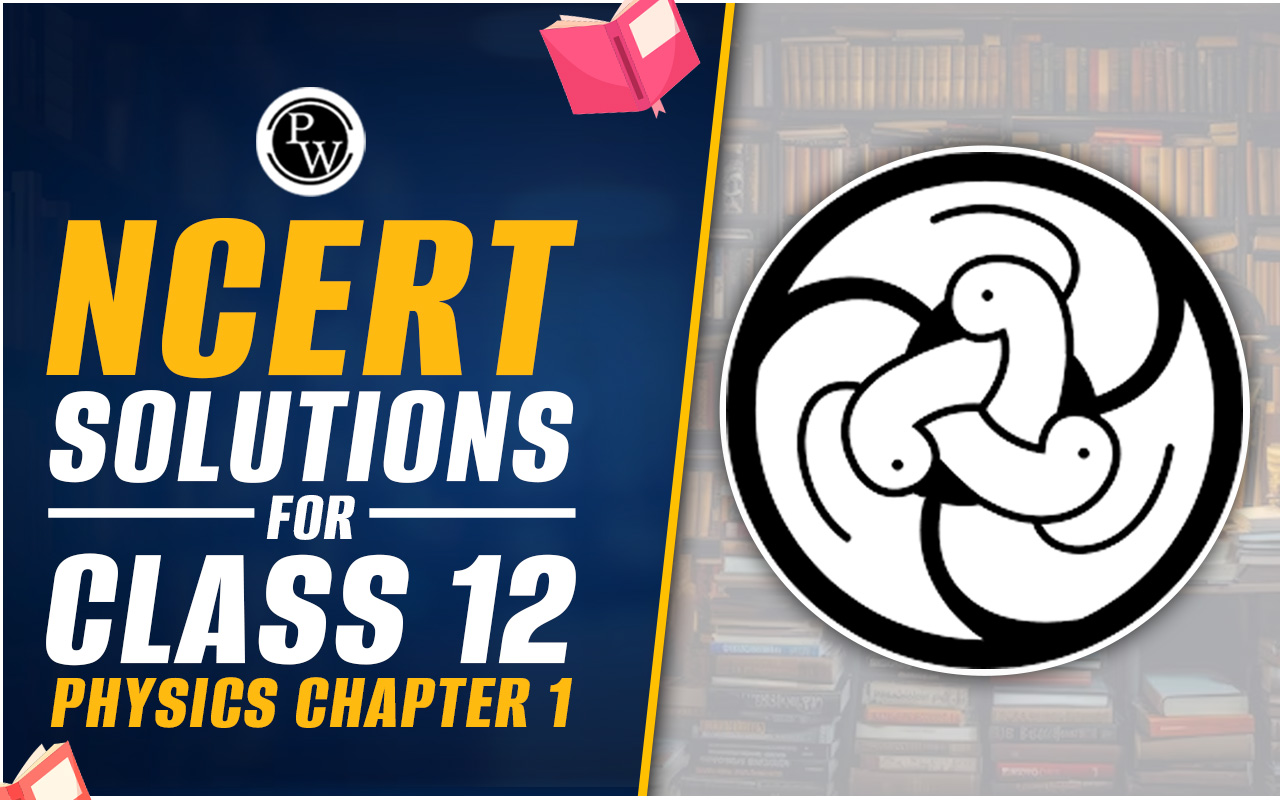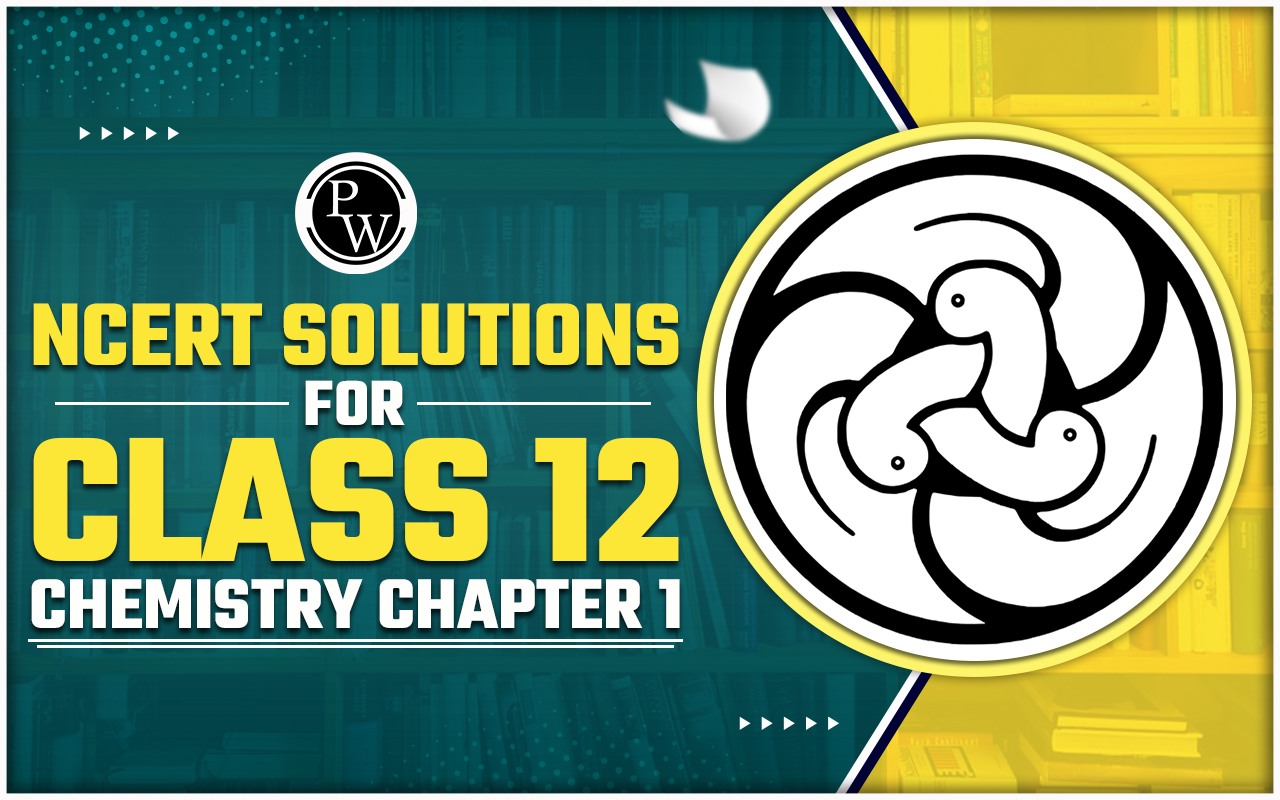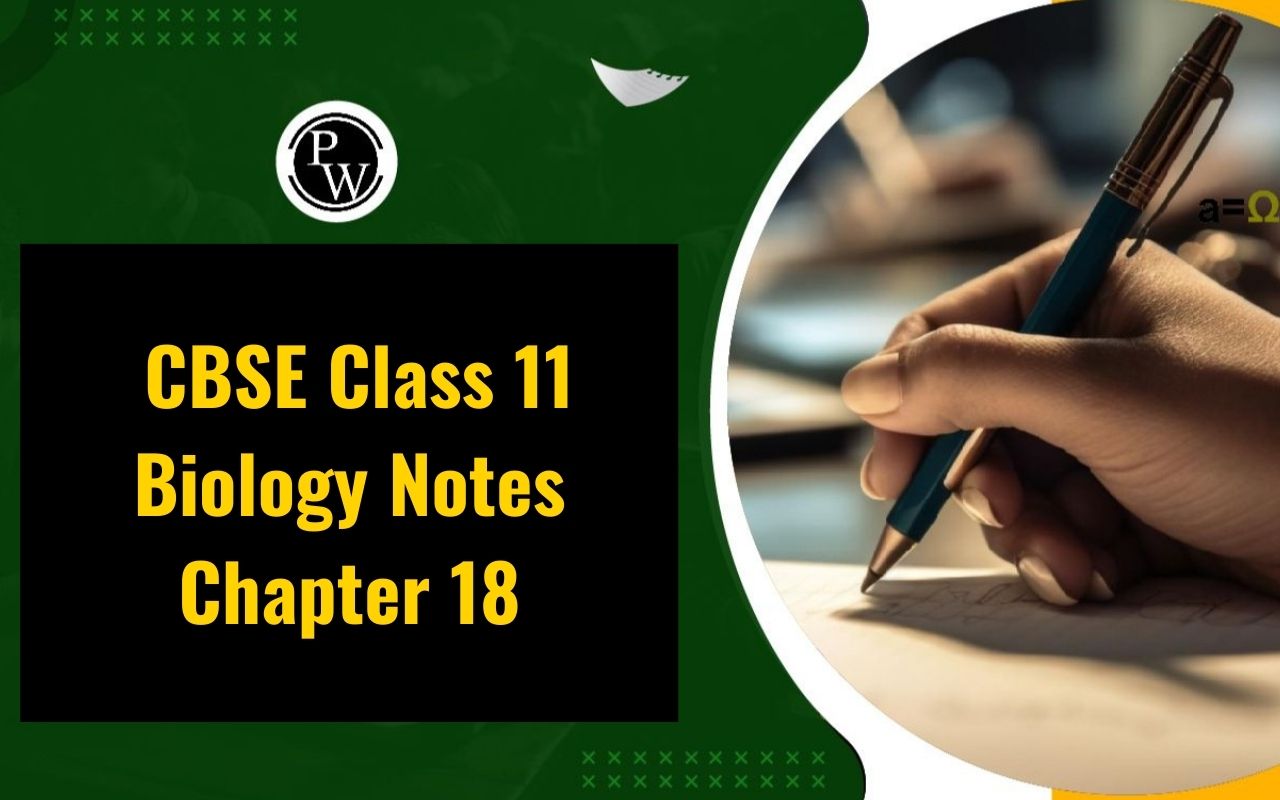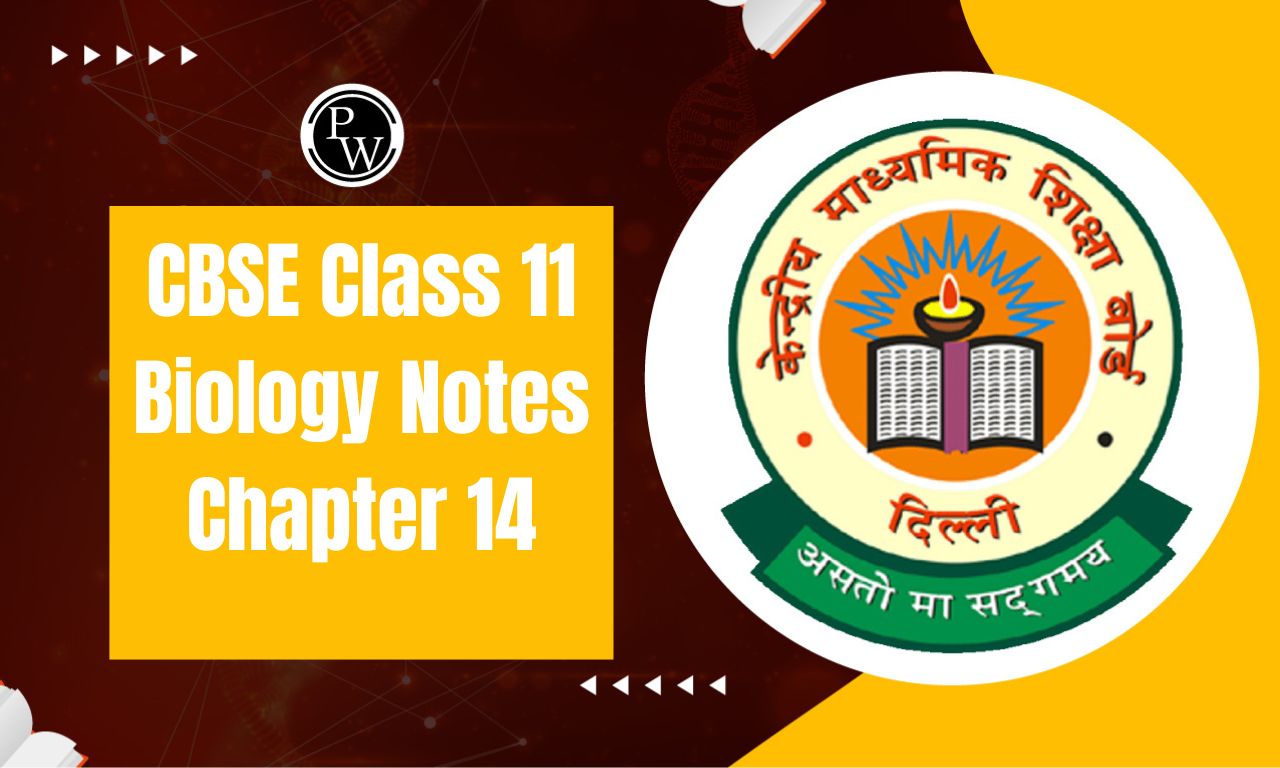
NCERT Solutions For Class 12 Physics Chapter 4 Moving Charges and Magnetism
NCERT Solutions for class 12 Physics Chapter 4 Moving Charges and Magnetism is prepared by our senior and renowned teachers of Physics Wallah primary focus while solving these questions of class-12 in NCERT textbook, also do read theory of this Chapter 4 Moving Charges and Magnetism while going before solving the NCERT questions. You can download and share NCERT Solutions of Class 12 Physics from Physics Wallah.| NCERT Solutions For Class 12 Physics | ||
|---|---|---|
| NCERT Solutions for class 12 Physics Chapter 1 | NCERT Solutions for class 12 Physics Chapter 2 | NCERT Solutions for class 12 Physics Chapter 3 |
NCERT Solutions Class 12 Physics Chapter 4 Overview
These crucial subjects are covered in NCERT Solutions Class 12 Physics Chapter 4. To grasp the concepts presented in the chapter and effectively utilize the provided solutions, students are encouraged to carefully study each topic. The instructors at Physics Wallah have dedicatedly created these solutions to enhance comprehension of the chapter’s ideas. The intention is for students to effortlessly achieve high exam scores after reviewing and practicing these solutions.NCERT Solutions Class 12 Physics Science Chapter 4 PDF
Our team of experts at Physics Wallah has created comprehensive solutions for NCERT Class 12 Physics, Chapter 4, aiming to assist students in learning and practicing chapter concepts effectively. These questions are designed to simplify explanations, enhancing the learning process for students. To access the NCERT Solutions for Class 12 Physics, Chapter 4 Moving Charges and Magnetism PDF, you can download it from the link provided below:NCERT Solutions Class 12 Physics Chapter 4 PDF Download Link
NCERT Solutions For Class 12 Physics Chapter 4
Answer The Following Question Answer NCERT Solutions For Class 12 Physics Chapter 4 Moving Charges and Magnetism:
Question 1. A circular coil of wire consisting of 100 turns, each of radius 8.0 cm carries a current of 0.40 A. What is the magnitude of the magnetic field B at the centre of the coil? Solution : Given: Number of turns, n = 100 Radius of coil, r = 8 cm Current through the coil, I = 0.40 A Magnitude of magnetic field at centre of coil, B = ? ⇒ |B| = 3.14 × 10 -4 T ∴ Magnitude of magnetic field at the centre of the coil is 3.14 × 10 4 T.Question 2. A long straight wire carries a current of 35 A. What is the magnitude of the field B at a point 20 cm from the wire?
Solution : Given: Current through the wire, I = 35 A Distance of point P from the wire, d = 20 cm Question 3. A long straight wire in the horizontal plane carries a current of 50 A in north to south direction. Give the magnitude and direction of B at a point 2.5 m east of the wire. Solution : Given: Current through the wire, I = 50 A (North to South) Distance of point P East of the wire, d = 2.5 m Direction of magnetic field, The point is in a plane normal to the wire and the wire carries current in north to south. Using Right hand thumb rule we can conclude that the direction of magnetic field is vertically upwards, or out of the paper. The magnitude of the magnetic field is 4 × 10 -6 T and its direction is upwards or out of paper. Question 4. A horizontal overhead power line carries a current of 90 A in east to west direction. What is the magnitude and direction of the magnetic field due to the current 1.5 m below the line? Solution : Given: Current through the wire, I = 90 A (East to West) Distance of point P below the wire, d = 1.5 m Direction of magnetic field, We know that wire carries current in east to west direction. Using Right hand thumb rule, we can conclude that the direction of magnetic field is from north to south as indicated in the figure. The magnitude of the magnetic field is 1.2 × 10 -5 T and its direction is from north to south. Question 5. What is the magnitude of magnetic force per unit length on a wire carrying a current of 8 A and making an angle of 30º with the direction of a uniform magnetic field of 0.15 T? Solution : Current in the wire, I = 8 A Magnitude of the uniform magnetic field, B = 0.15 T Angle between the wire and magnetic field, θ = 30°. Magnetic force per unit length on the wire is given as: f = BI sinθ = 0.15 × 8 ×1 × sin30° = 0.6 N m–1 Hence, the magnetic force per unit length on the wire is 0.6 N m–1. Question 6. A 3.0 cm wire carrying a current of 10 A is placed inside a solenoid perpendicular to its axis. The magnetic field inside the solenoid is given to be 0.27 T. What is the magnetic force on the wire? Solution : Length of the wire, l = 3 cm = 0.03 m Current flowing in the wire, I = 10 A Magnetic field, B = 0.27 T Angle between the current and magnetic field, θ = 90° Magnetic force exerted on the wire is given as: F = BIlsinθ = 0.27 × 10 × 0.03 sin90° = 8.1 × 10–2 N Hence, the magnetic force on the wire is 8.1 × 10–2 N. The direction of the force can be obtained from Fleming’s left hand rule. Question 7. Two long and parallel straight wires A and B carrying currents of 8.0 A and 5.0 A in the same direction are separated by a distance of 4.0 cm. Estimate the force on a 10 cm section of wire A. Solution : Given: Current in wire A, I A = 8.0 A Current in wire B, I B = 5.0 A Distance between the conductors A and B, d = 4 cm Length of conductor on which we have to calculate force, L = 10cm So, the force on the 10 cm section on wire A is 2 × 10 -5 N. Since the current is flowing in the same direction the force will be attractive in nature. Note: The force will be same on both the wires, we can use Newton’s third law of motion to such conclusion. Question 8. A closely wound solenoid 80 cm long has 5 layers of windings of 400 turns each. The diameter of the solenoid is 1.8 cm. If the current carried is 8.0 A, estimate the magnitude of B inside the solenoid near its centre. Solution : Given: Length of solenoid, L = 80cm Number of turns = number of layers × number of turns per layer Number of turns, n = 5 × 400 = 2000 Radius of solenoid, r = Diameter/2 = 0.9 cm Current through the solenoid = 8.0A Hence the magnetic field strength at the centre of the solenoid is 2.512 × 10 -2 T. Question 9. A square coil of side 10 cm consists of 20 turns and carries a current of 12 A. The coil is suspended vertically and the normal to the plane of the coil makes an angle of 30º with the direction of a uniform horizontal magnetic field of magnitude 0.80 T. What is the magnitude of torque experienced by the coil? Solution : Given: Length of side of square, L = 10 cm Number of turns, n = 20 Current through the square coil, I = 12 A Angle between the normal to the coil and uniform magnetic field, θ = 30° Magnitude of magnetic field, B = 0.80 T Question 10. Two moving coil meters, M1 and M2 have the following particulars: R1 = 10 Ω, N1 = 30, A1 = 3.6 × 10–3 m2, B1 = 0.25 T R2 = 14 Ω, N2 = 42, A2 = 1.8 × 10–3 m2, B2 = 0.50 T (The spring constants are identical for the two meters). Determine the ratio of (a) current sensitivity and (b) voltage sensitivity of M2 and M1. Solution : Given: For moving coil meter M 1 Resistance of wire, R 1 = 10Ω Number of turns, N 1 = 30 Area of cross-section, A 1 = 3.6 × 10 -3 m 2 Magnetic field strength, B 1 = 0.25 T For moving coil meter M 2 Resistance of wire, R 2 = 14Ω Number of turns, N 2 = 42 Area of cross-section, A 2 = 1.8 × 10 -3 m 2 Magnetic field strength, B 2 = 0.50 T\ Spring constant, K 1 = K 2 = K Current sensitivity is given by, Hence, the ratio of current sensitivities is 1.4. Hence, the ratio of voltage sensitivity of M 1 and M 2 is 1. Question 11. In a chamber, a uniform magnetic field of 6.5 G (1 G = 10–4 T) is maintained. An electron is shot into the field with a speed of 4.8 × 106 m s–1 normal to the field. Explain why the path of the electron is a circle. Determine the radius of the circular orbit. (e = 1.6 × 10–19 C, me= 9.1×10–31 kg) Solution : Given: Magnetic field strength, B = 6.5 G = 6.5 × 10 -4 T Initial velocity of electron = 4.8 × 10 6 ms -1 Angle between the initial velocity of electron and magnetic field, θ = 90 0 ⇒ F e = 1.6 × 10 -19 C × 4.8 × 10 6 ms -1 × 6.5 × 10 -4 T × sin 90 ⇒ F e = 4.99 × 10 -16 N This force serves as the centripetal force, which explains the circular trajectory of the electron. Centripetal force F c = mv 2 /r …(2) By equating equation (1) and equation (2) we get, Question 12. In Exercise 4.11 obtain the frequency of revolution of the electron in its circular orbit. Does the answer depend on the speed of the electron? Explain. Solution : Given: Magnetic field strength, B = 6.5 G = 6.5 × 10 -4 T Initial velocity of electron = 4.8 × 10 6 ms -1 Angle between the initial velocity of electron and magnetic field, θ = 90 0 We can relate the velocity of the electron to its angular frequency by the relation, V = rω …(1) Where, V = velocity of electron r = radius of path ω = angular frequency Question 13. (a) A circular coil of 30 turns and radius 8.0 cm carrying a current of 6.0 A is suspended vertically in a uniform horizontal magnetic field of magnitude 1.0 T. The field lines make an angle of 60º with the normal of the coil. Calculate the magnitude of the counter torque that must be applied to prevent the coil from turning. (b) Would your answer change, if the circular coil in (a) were replaced by a planar coil of some irregular shape that encloses the same area? (All other particulars are also unaltered.) Solution : Given: Number of turns in the coil, n = 30 Radius of coil, r = 8 cm Current through the coil, I = 6.0 A Strength of magnetic field = 1.0 T Angle between the direction of field and normal to coil, θ = 60° We can understand that the counter torque required to prevent the coil from rotating is equal to the torque being applied by the magnetic field. Torque on the coil due to magnetic field is given by, T = n × B × I × A × sinθ …(1) Where, n = number of turns B = Strength of magnetic field I = Current through the coil A = Area of cross-section of coil A = πr 2 = 3.14 × (0.08 × 0.08) = 0.0201m 2 …(2) θ = Angle between normal to cross-section of coil and magnetic field Now, by putting the values in equation (1) we get, ⇒ T = 30 × 6.0T × 1A × 0.0201m 2 × sin60° T = 3.133 Nm Hence, the counter torque required to prevent the coil from rotating is 3.133 Nm. b) From equation (1) we can understand that, torques depends on the total area of cross-section and has no relation with the geometry of cross-section. Hence, the answer will remain unaltered if the circular coil in (a) were replaced by a planar coil of some irregular shape that encloses the same area.ADDITIONAL EXERCISES
Question 14. Two concentric circular coils X and Y of radii 16 cm and 10 cm, respectively, lie in the same vertical plane containing the north to south direction. Coil X has 20 turns and carries a current of 16 A; coil Y has 25 turns and carries a current of 18 A. The sense of the current in X is anticlockwise, and clockwise in Y, for an observer looking at the coils facing west. Give the magnitude and direction of the net magnetic field due to the coils at their centre. Solution : Here we have to find total magnetic field produced by the system so we will first find magnetic field due to each coil with direction and then add them in accordance with vector addition. Using the Right-hand thumb rule we can predict the direction of induced magnetic field in both the coils.The orientation of both the coils is shown below in the figure.
Question 15. A magnetic field of 100 G (1 G = 10−4 T) is required which is uniform in a region of linear dimension about 10 cm and area of cross-section about 10−3 m2. The maximum current-carrying capacity of a given coil of wire is 15 A and the number of turns per unit length that can be wound round a core is at most 1000 turns m−1. Suggest some appropriate design particulars of a solenoid for the required purpose. Assume the core is not ferromagnetic. Solution : Here, we have a particular value of No. of turns per unit Length and Current in the coil in order to obtain the given magnetic field. The Required Magnetic field B = 100 G = 100 × 10 –4 = 10 –2 T Maximum Number of turns per unit length, n = 1000/m Maximum Current flowing in the coil, I = 15 A Permeability of free space, μ 0 = 4π × 10 –4 TmA -1 We know magnetic field for a solenoid is given by B =
NCERT Solutions for Class 12 Physics Chapter 4 FAQs
Why are NCERT Solutions essential for Class 12 Physics Chapter 4?
NCERT Solutions for Chapter 4 of Class 12 Physics provide comprehensive explanations, solving methods, and clarifications for complex concepts, aiding students in understanding the fundamentals of moving charges and magnetism.
How can NCERT Solutions for this chapter help in understanding the topic?
These solutions provide in-depth explanations, step-by-step solutions to problems, and clarify doubts regarding the chapter, aiding in better comprehension and exam preparation.
Are NCERT Solutions for Chapter 4 aligned with the NCERT textbook?
Yes, these solutions are designed in adherence to the NCERT textbook, ensuring accuracy and relevance to the prescribed syllabus.
How do NCERT Solutions aid in clearing doubts in Chapter 4?
The detailed explanations and step-by-step solutions in NCERT Solutions help in resolving doubts and provide clarity on intricate concepts related to moving charges and magnetism.
Are NCERT Solutions available for self-study purposes?
Yes, NCERT Solutions are a valuable resource for self-study, enabling students to revise and practice questions independently, reinforcing their understanding of the chapter.
🔥 Trending Blogs
Talk to a counsellorHave doubts? Our support team will be happy to assist you!

Check out these Related Articles
Free Learning Resources
PW Books
Notes (Class 10-12)
PW Study Materials
Notes (Class 6-9)
Ncert Solutions
Govt Exams
Class 6th to 12th Online Courses
Govt Job Exams Courses
UPSC Coaching
Defence Exam Coaching
Gate Exam Coaching
Other Exams
Know about Physics Wallah
Physics Wallah is an Indian edtech platform that provides accessible & comprehensive learning experiences to students from Class 6th to postgraduate level. We also provide extensive NCERT solutions, sample paper, NEET, JEE Mains, BITSAT previous year papers & more such resources to students. Physics Wallah also caters to over 3.5 million registered students and over 78 lakh+ Youtube subscribers with 4.8 rating on its app.
We Stand Out because
We provide students with intensive courses with India’s qualified & experienced faculties & mentors. PW strives to make the learning experience comprehensive and accessible for students of all sections of society. We believe in empowering every single student who couldn't dream of a good career in engineering and medical field earlier.
Our Key Focus Areas
Physics Wallah's main focus is to make the learning experience as economical as possible for all students. With our affordable courses like Lakshya, Udaan and Arjuna and many others, we have been able to provide a platform for lakhs of aspirants. From providing Chemistry, Maths, Physics formula to giving e-books of eminent authors like RD Sharma, RS Aggarwal and Lakhmir Singh, PW focuses on every single student's need for preparation.
What Makes Us Different
Physics Wallah strives to develop a comprehensive pedagogical structure for students, where they get a state-of-the-art learning experience with study material and resources. Apart from catering students preparing for JEE Mains and NEET, PW also provides study material for each state board like Uttar Pradesh, Bihar, and others
Copyright © 2025 Physicswallah Limited All rights reserved.
Get App









